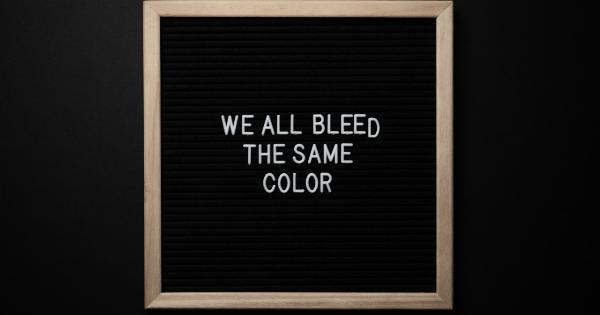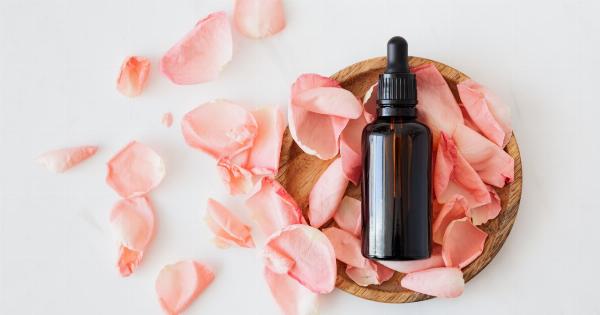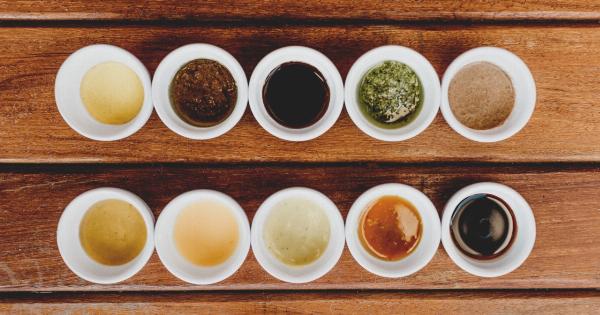Alcohol has long been considered a social lubricant. It is often used to relax and unwind, and as a means to lower inhibitions in various social situations.
One area where alcohol’s influence is particularly noticeable is in the realm of human sexuality. Many individuals report feeling more open, adventurous, and uninhibited in their sexual behaviors after consuming alcohol. This article explores the link between alcohol and sexual inhibition, shedding light on the complex relationship between the two.
1. The Physiology of Alcohol
When alcohol is consumed, it enters the bloodstream and affects various areas of the brain. It primarily targets the central nervous system, where it acts as a depressant. Alcohol slows down brain activity, impairing cognitive and motor functions.
It also affects the prefrontal cortex, which is responsible for decision-making and self-control.
2. Alcohol’s Impact on Inhibition
One of the key effects of alcohol consumption is a reduction in inhibitions. This can manifest in different ways, but often results in individuals engaging in behaviors they may not have otherwise considered.
In the context of sexual inhibition, alcohol can lower self-consciousness, increase confidence, and decrease anxiety. This can lead to individuals feeling more comfortable expressing their desires and engaging in sexual activities they may have previously been hesitant about.
3. The Role of Dopamine
Dopamine is a neurotransmitter that plays a crucial role in the brain’s reward system. It is released in response to pleasurable stimuli, and alcohol consumption can trigger its release.
Dopamine is associated with feelings of pleasure, motivation, and reinforcement. When alcohol activates the brain’s reward pathways, it can create a positive association between alcohol consumption and sexual experiences.
4. Impaired Decision-Making
Alcohol’s impact on decision-making can contribute to sexual inhibition. Under the influence of alcohol, individuals may be more likely to engage in risky sexual behaviors or consent to activities they later regret.
The impairments in judgment and reduced ability to assess risks can lead to unintended consequences and potentially harmful situations.
5. Alcohol as a Social Facilitator
Alcohol is often consumed in social settings, such as parties or bars. In these environments, alcohol can serve as a social facilitator, enabling individuals to interact more easily with others.
This increased socialization can create opportunities for sexual encounters that may not have occurred in a sober context. The combination of lowered inhibitions, increased confidence, and a relaxed social atmosphere can contribute to an increased likelihood of engaging in sexual activities.
6. Alcohol as a Coping Mechanism
Some individuals turn to alcohol as a means of coping with feelings of stress, anxiety, or low self-esteem.
In these cases, alcohol can temporarily alleviate negative emotions, allowing individuals to feel more comfortable and at ease in sexual situations. This is particularly relevant for individuals who struggle with sexual inhibitions due to psychological factors.
7. The Dark Side of Alcohol and Sexual Inhibition
While alcohol can temporarily lower inhibitions and increase sexual openness, it is essential to recognize the potential drawbacks and risks associated with alcohol-fueled sexual encounters.
Alcohol impairs judgment, increases vulnerability, and can cloud consent, potentially leading to non-consensual or regretted sexual experiences.
8. The Importance of Consent
Consent is the cornerstone of healthy and respectful sexual experiences. It is crucial to understand that alcohol can compromise an individual’s ability to provide informed and enthusiastic consent.
Engaging in clear communication about consent, boundaries, and desires, both before and during sexual activities, remains essential, regardless of alcohol consumption.
9. The Need for Education and Awareness
Education and awareness are key in addressing the link between alcohol and sexual inhibition. It is important for individuals to understand the potential effects of alcohol on their decision-making and consent.
Furthermore, discussions around responsible alcohol consumption and sexual behaviors should be promoted to prevent harmful outcomes.
10. Seeking Support
If alcohol consumption or sexual inhibitions become persistent concerns or negatively impact an individual’s well-being, seeking support from healthcare professionals, therapists, or support groups can be beneficial.
These resources can provide guidance, strategies, and tools to navigate the complexities of alcohol and sexual inhibition.

























